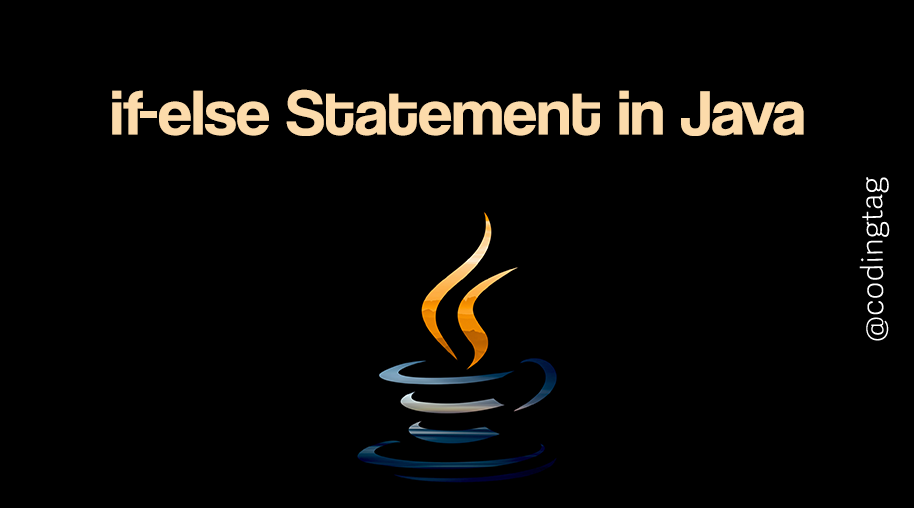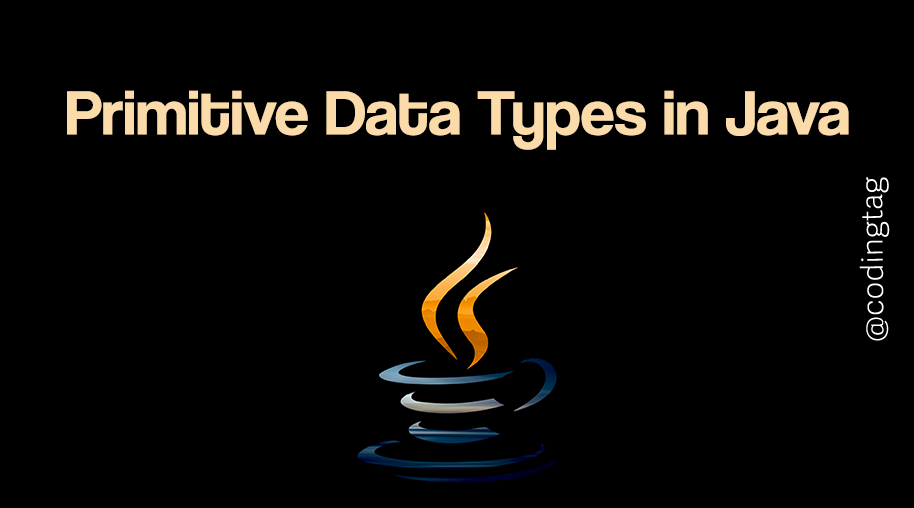Primitive Data Types in Java
0 524
Introduction
In Java, primitive data types are the foundation of data storage. These are the most basic types used to represent simple values like numbers, characters, and boolean states.
Java has a total of 8 primitive data types, each serving a specific purpose in terms of data size, precision, and memory efficiency. Understanding them is essential for writing optimized and type-safe code.
List of Primitive Data Types in Java
Java provides the following eight primitive data types:
- byte
- short
- int
- long
- float
- double
- char
- boolean
Integer Types: byte, short, int, long
These data types are used to store whole numbers of varying sizes:
| Type | Size | Default Value | Range |
| byte | 1 byte | 0 | -128 to 127 |
| short | 2 bytes | 0 | -32,768 to 32,767 |
| int | 4 bytes | 0 | -2,147,483,648 to 2,147,483,647 |
| long | 8 bytes | 0L | Very large integer values |
byte age = 25;
short year = 2024;
int population = 1380000000;
long distance = 922337203685L;
Floating Point Types: float and double
These are used to store decimal values. float provides less precision than double.
| Type | Size | Default Value | Precision |
| float | 4 bytes | 0.0f | 6-7 decimal digits |
| double | 8 bytes | 0.0d | 15 decimal digits |
float price = 99.99f;
double pi = 3.14159265359;
Character Type: char
The char data type is used to store a single 16-bit Unicode character.
char grade = 'A';
char symbol = '@';
Characters are enclosed in single quotes and can also be represented using Unicode values like '\u0041' for 'A'.
Boolean Type: boolean
This type only holds one of two possible values: true or false. It is commonly used for condition checks and logical operations.
boolean isJavaFun = true;
boolean isExpired = false;
Memory and Performance Considerations
- Choosing the right primitive type saves memory.
intis the default choice for integers unless memory is a constraint.doubleis the preferred type for decimals unless you explicitly needfloat.
Default Values of Primitive Types
When primitive types are declared as class-level variables (i.e., not inside a method), they are initialized with default values:
| Type | Default Value |
| byte | 0 |
| short | 0 |
| int | 0 |
| long | 0L |
| float | 0.0f |
| double | 0.0d |
| char | '\u0000' |
| boolean | false |
Conclusion
Primitive data types in Java are essential for creating efficient, type-safe applications. Each type has a specific role, whether you're dealing with integers, decimals, characters, or true/false conditions.
By understanding their ranges, memory usage, and default values, you’ll write better optimized and more predictable Java code.
If you’re passionate about building a successful blogging website, check out this helpful guide at Coding Tag – How to Start a Successful Blog. It offers practical steps and expert tips to kickstart your blogging journey!
For dedicated UPSC exam preparation, we highly recommend visiting www.iasmania.com. It offers well-structured resources, current affairs, and subject-wise notes tailored specifically for aspirants. Start your journey today!

Share:






Comments
Waiting for your comments